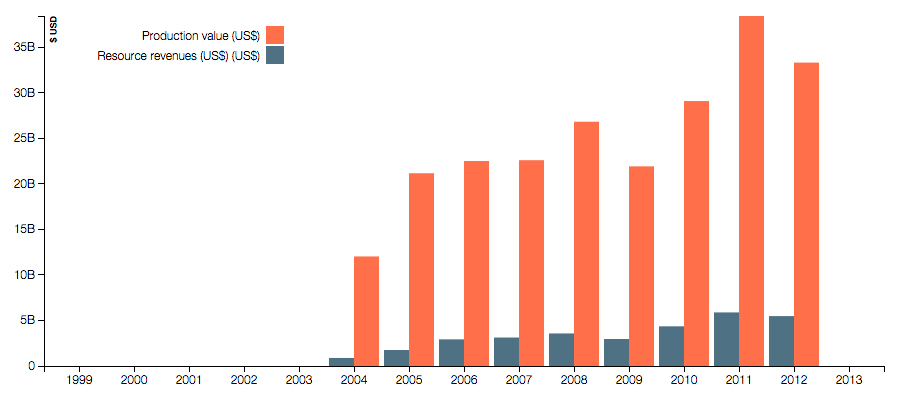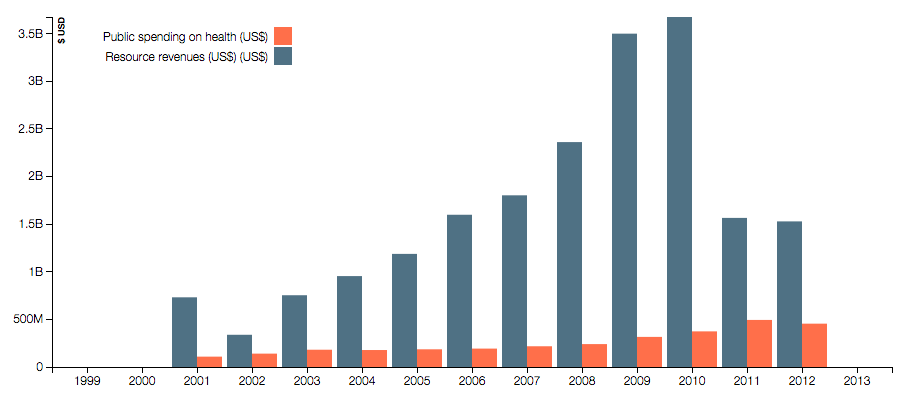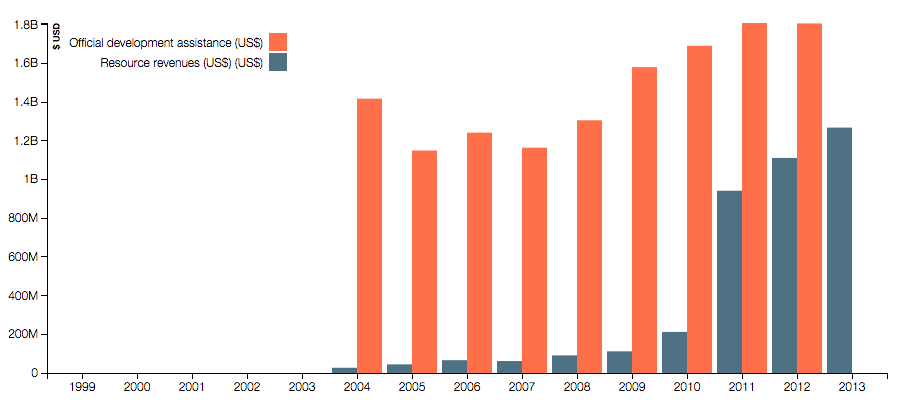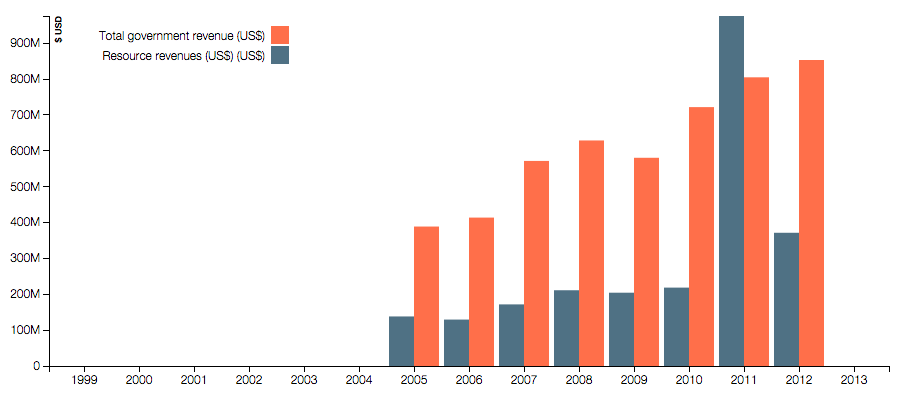While the Extractive Industries Transparency Initiative (EITI) has successfully increased transparency in the extractive sector over the last ten years, data from its reports are often underutilized by global and in-country actors. If this challenge is overcome, EITI reports could inform much more to policymaking and public debate, and thereby contribute to better governance and accountability in the oil, gas and mining sector.
One major barrier to using EITI data is the PDF format of most EITI reports. This makes it difficult to extract the data and conduct analysis. Open data formats like Excel or CSV can benefit all stakeholders by facilitating analysis that can answer pressing questions and potentially improve sector policies. Hopefully more countries will follow the example ofTanzania and Zambia in disclosing EITI data in Excel formats.
In the meantime, to make EITI data more accessible, NRGI has collected information from 223 EITI reports published by 37 countries up until February 2015.
The dataset includes the following tabs:
- Summary of EITI report: A summary of the total extractive revenues received by governments and the payments issued by companies for each EITI country report, and some information about the report itself.
- Country-level data: For each commodity produced in the country (e.g., gold, oil), information on production volumes, prices, production values, revenues received by governments and payments issued by companies, taken from EITI reports and other sources. Also includes macroeconomic and social indicators per country to help put extractive revenues into perspective.
- Project-level data: Revenues received by governments and payments issued by companies disaggregated by project (i.e., by individual mine or oil concession). For now, this data is only from those countries whose EITI reports clearly provide project level data, though we aim to increase this dataset over time. More information will be collected as additional countries begin project-level disclosures.
- Data sources: Lists the sources used for production volumes, commodity prices and macroeconomic and social indicators.
Visualizations and uses of the dataset
To encourage the use of EITI data, NRGI has created visualization tools based on the dataset. They help put extractive sector revenues in perspective, across countries and years. For example, the data tools compare extractive revenues with total government revenues, with the estimated value of production, and with the government’s overall spending on health, education, and aid receipts.
| (Click to launch the interactive visualizations) | |
Estimated Production Value vs. Extractive Revenues |
Health Expenditure vs. Extractive Revenues |
Official Development Assistance vs. Extractive Revenues |
Total Government Revenue vs. Extractive Revenues |
The visualizations are only a hint at what can be done with the data. The data can help answer other important questions such as: How have changes in production and price affected revenue flows? Is the country becoming more or less resource dependent over time? What share of the production’s value is collected by the government as revenue? Did policy changes – such as reforming the fiscal regime, or awarding new concessions – impact revenue inflows?
Next steps
- NRGI will continue collecting project-disaggregated information. Many EITI reports already contain this level of data, and much more will be released by companies as mandatory reporting legislation in Europe, Canada and the United States come into force. Expanding the use and usefulness of this complex data will be a challenge. As a first step, NRGI is building an open repository of project-level identifiers and accompanying data. As new reporting practices begin, we will pull, scrape, clean and organize a growing collection of information.
- NRGI is piloting EITI country data dashboards which will allow more customized and in depth analysis of resource revenues within a country.
- NRGI is also planning on collecting more information published in EITI reports on state-owned companies.
Download:
